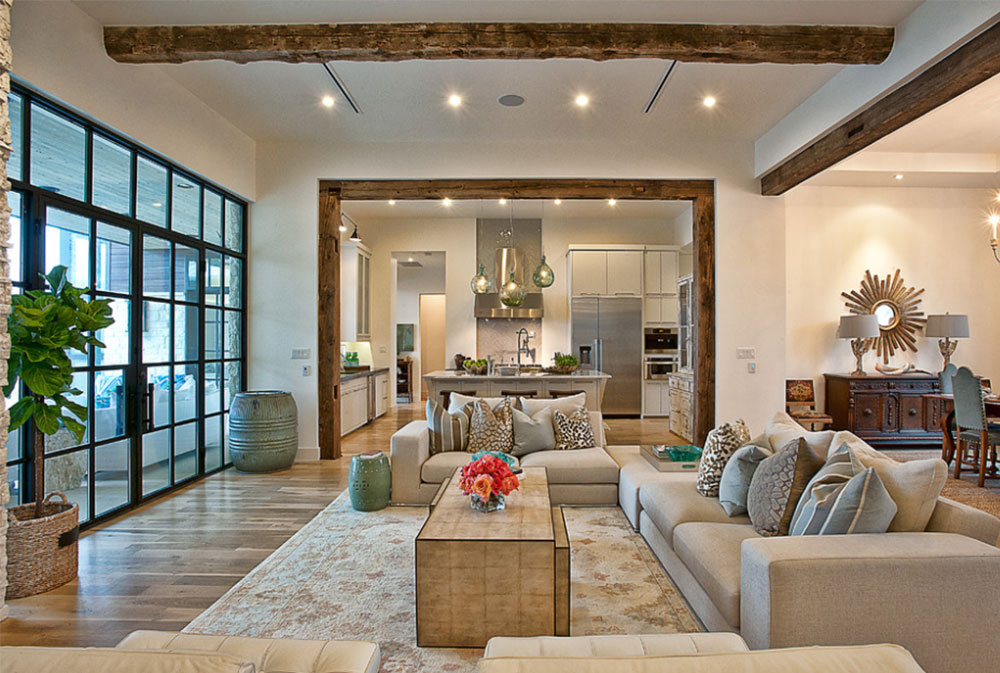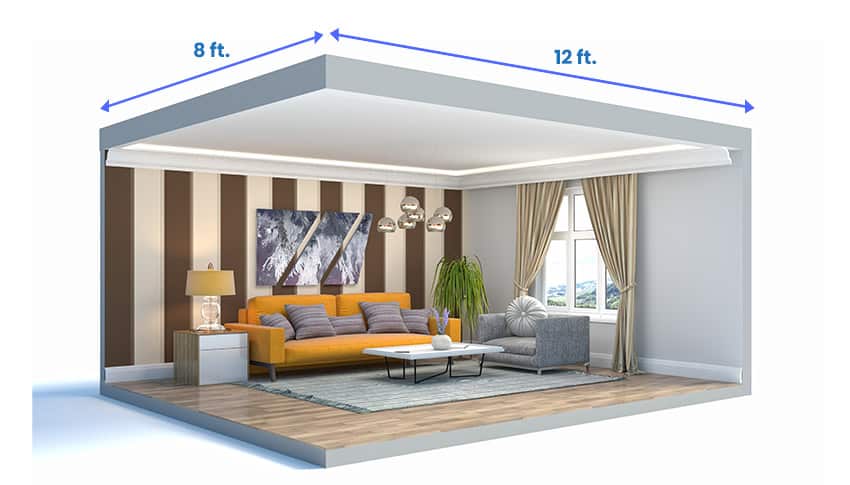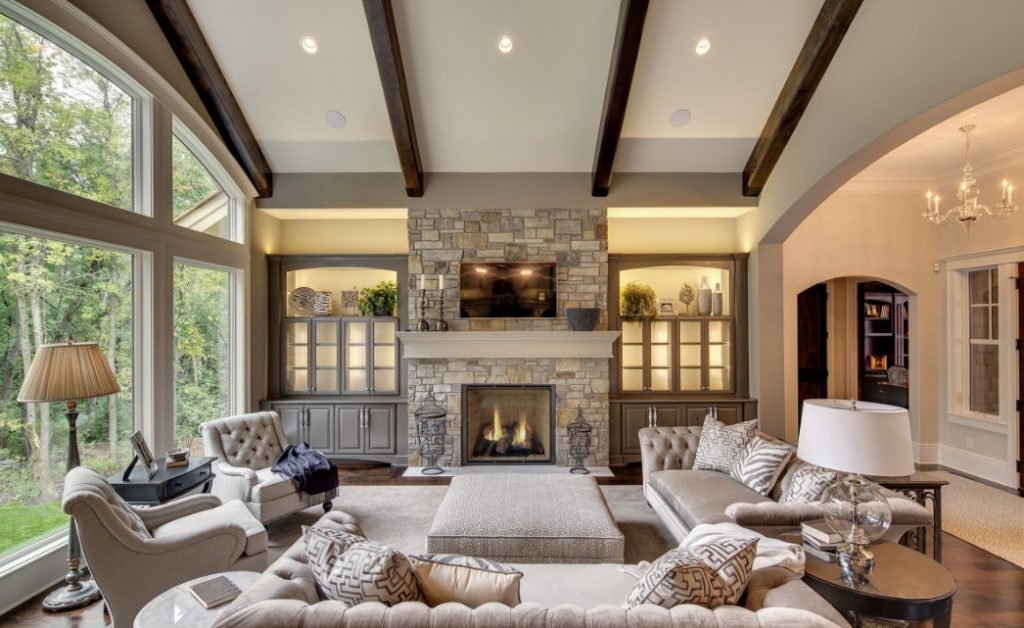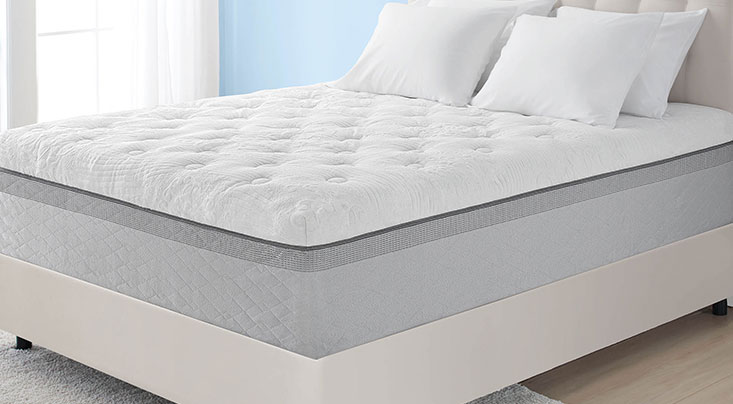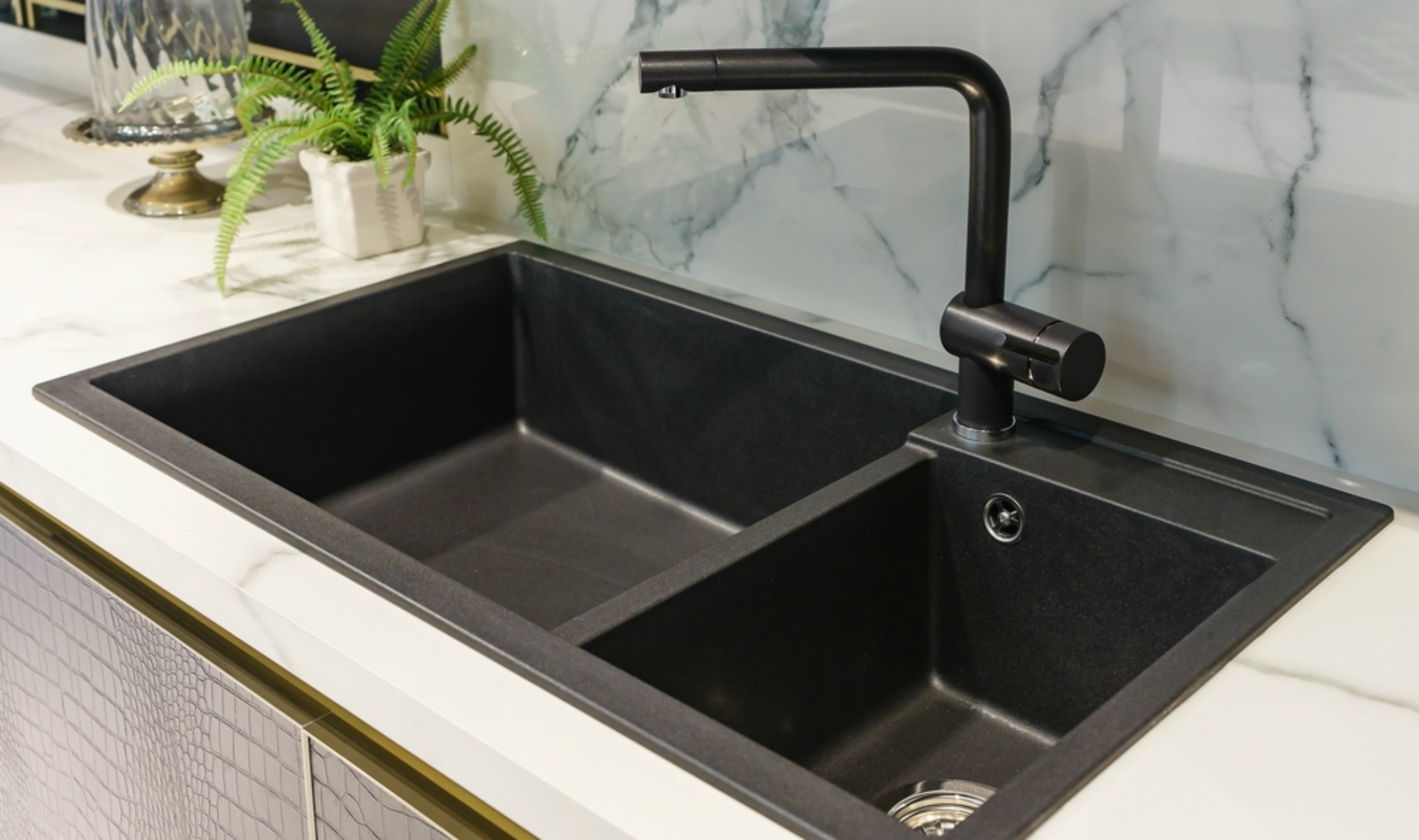When it comes to designing and decorating your living room, one of the most important factors to consider is the size of the space. Whether you're working with a small apartment or a spacious family home, the size of your living room will greatly impact the overall look and feel of the room. But what exactly is the average living room size in square feet? Let's take a look at the numbers and explore the best ways to make the most of your living room space. Getting the Right Size: Average Living Room Size in Square Feet
The first step in understanding the average living room size is to look at the dimensions of the space. While every living room will vary in size, there are some general guidelines that can help determine the average measurements. On average, a living room in the United States will be around 330 square feet. This can vary depending on the location and type of home, but it's a good starting point when determining the size of your own living room. Determining the Average Living Room Dimensions
While 330 square feet may be the average, there is also a standard living room size that is commonly used by designers and architects. This size is typically around 16 feet by 20 feet, or 320 square feet. This allows for enough space to comfortably fit a sofa, chairs, and other furniture without feeling too cramped. However, keep in mind that this is just a standard and your living room size may vary. What is the Standard Living Room Size?
If you're unsure of the exact size of your living room, there are a few simple steps you can take to measure the square footage. First, measure the length and width of the room in feet. Then, multiply those numbers together to get the total square footage. For example, a room that is 15 feet by 20 feet would have a total of 300 square feet. This will give you a good estimate of the size of your living room and help when planning furniture placement. Measuring Your Living Room's Square Footage
In addition to overall square footage, there are some other measurements that are important to consider when designing a living room. These include ceiling height, doorways, and windows. The average ceiling height in a living room is around 8 feet, but this can vary depending on the age and style of the home. Doorways should be at least 32 inches wide for easy access, and windows should be placed at least 15 inches from the floor to allow for furniture placement. Understanding Average Living Room Measurements
While the average and standard living room sizes can be helpful, it's important to remember that every space is different. This is where a living room size guide can come in handy. These guides provide suggestions for furniture placement and layout based on the size and shape of your living room. They can also help you avoid common design mistakes and make the most of your space. Using a Living Room Size Guide
While there is no one-size-fits-all answer to this question, there are some general guidelines for an ideal living room size. Ideally, your living room should be large enough to comfortably fit furniture without feeling too cramped, but not so large that it feels empty or unused. It should also allow for easy movement and flow throughout the space. Ultimately, the ideal living room size will depend on your personal preferences and the needs of your household. What is the Ideal Living Room Size?
If you want a more precise measurement of your living room's square footage, you can use a living room size calculator. These tools take into account the length, width, and any obstructions in the room to give you a more accurate measurement. This can be especially helpful if you have an irregularly shaped living room or if you're planning a major renovation or redesign. Calculating Your Living Room Size
Another way to determine the size of your living room is by looking at the average living room area in your region. This can vary depending on the location and type of home, but it can give you a good idea of what is considered a standard size in your area. For example, in a city apartment, the average living room size may be smaller than in a suburban family home. Average Living Room Area
While it's important to consider the average and ideal living room sizes, it's also important to remember that these are just guidelines. The most important factor is to choose a size that works for you and your household. If you have a large family, you may need a bigger living room to accommodate everyone comfortably. Or, if you prefer a more intimate and cozy space, a smaller living room may be the perfect fit. Ultimately, the recommended living room size is one that fits your lifestyle and brings you joy. Recommended Living Room Sizes
The Importance of Considering Average Living Room Size in House Design

When it comes to designing a house, one of the most important aspects to consider is the average living room size . The living room is where families and friends gather to spend quality time together, making it a vital space in any home. It is also the first area that guests see upon entering, making it a reflection of the homeowner's style and taste. Therefore, it is crucial to carefully plan and consider the size of the living room to achieve a harmonious and functional space.
Creating Comfort and Functionality

The size of the living room greatly affects its comfort and functionality. A cramped living room can make it difficult for people to move around and can feel claustrophobic. On the other hand, an oversized living room can create an echo and make the space feel cold and empty. Designing a living room with the right size allows for proper circulation and creates a cozy and inviting atmosphere.
It is also essential to consider the function of the living room when determining its size. For instance, a family with young children may need a larger living room to accommodate playtime and activities. On the other hand, a single person or couple may prioritize a smaller living room that is easier to maintain and keep clean. Considering the function of the living room can help determine the ideal size for each individual or family.
Maximizing Space and Visual Balance

The size of the living room also plays a significant role in the overall aesthetic of the house. A living room that is too small can make the entire space feel cramped and unbalanced. On the other hand, a spacious living room can make other areas of the house feel smaller in comparison. It is essential to strike a balance between the size of the living room and the rest of the house to achieve visual harmony.
Maximizing space is also crucial, especially in smaller homes or apartments. By properly considering the average living room size, homeowners can make the most out of the available space and create a functional and visually appealing living room.
Conclusion

In conclusion, the average living room size is a critical factor to consider in house design. It affects the comfort, functionality, and overall aesthetic of the living room and the entire house. By carefully planning and determining the ideal size, homeowners can create a living room that reflects their style and meets their needs. So whether you are building a new house or renovating your current one, be sure to give careful thought to the size of your living room.










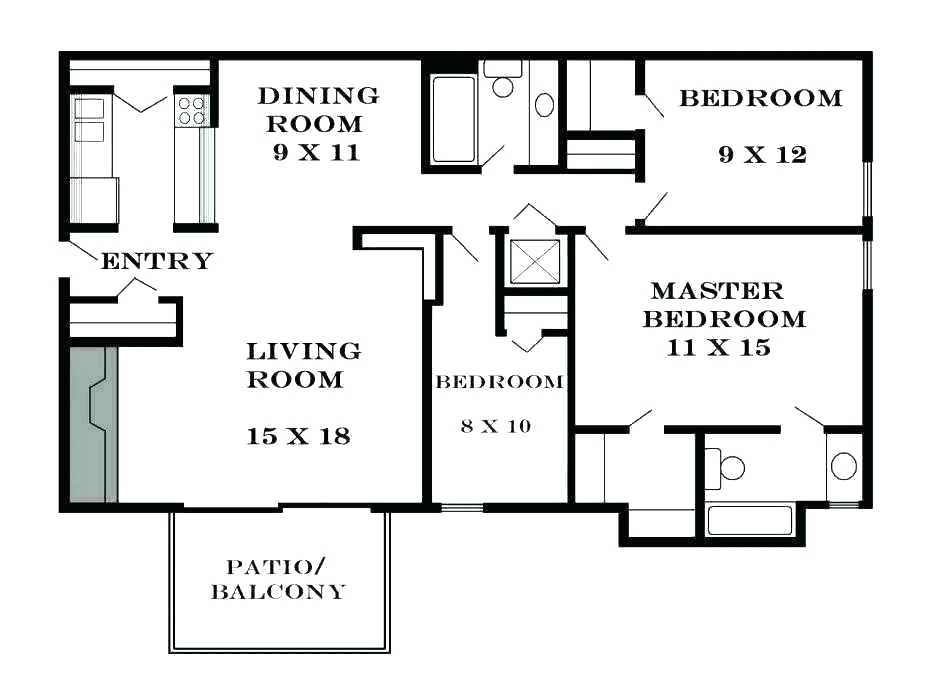










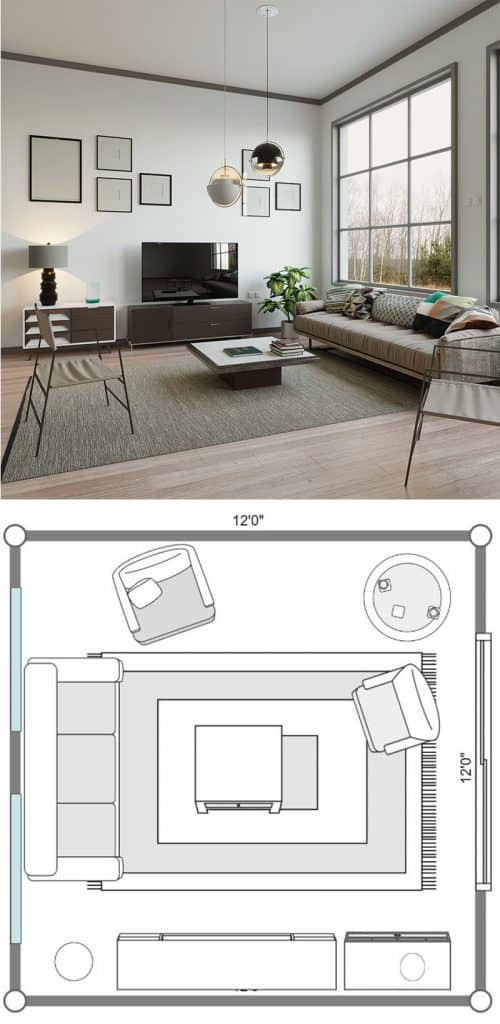




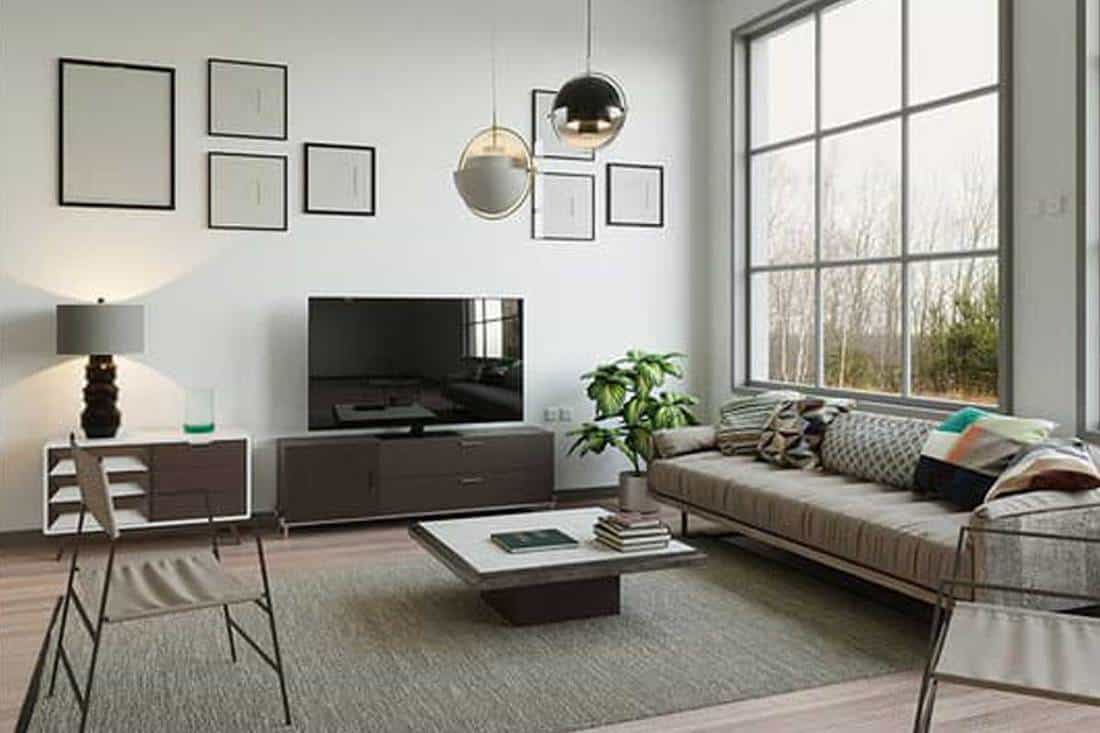
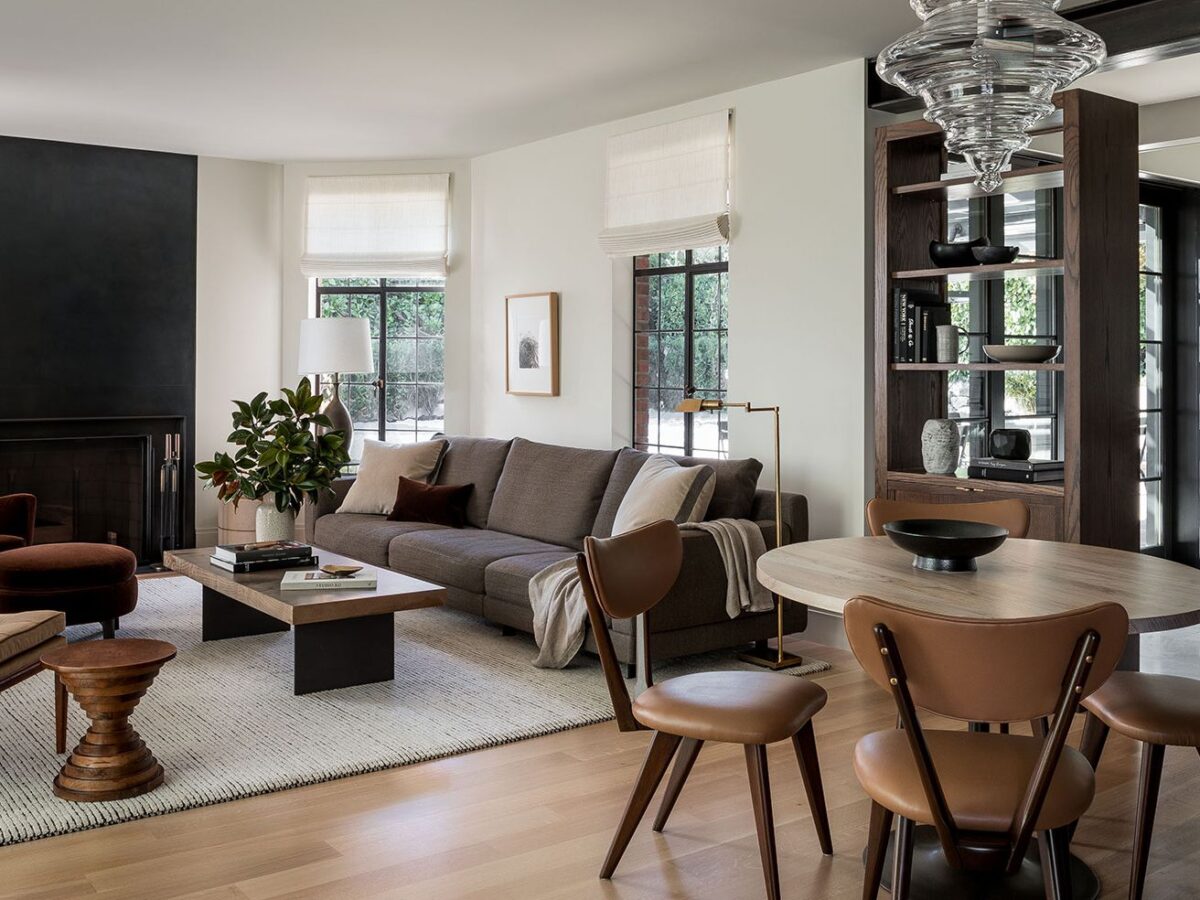






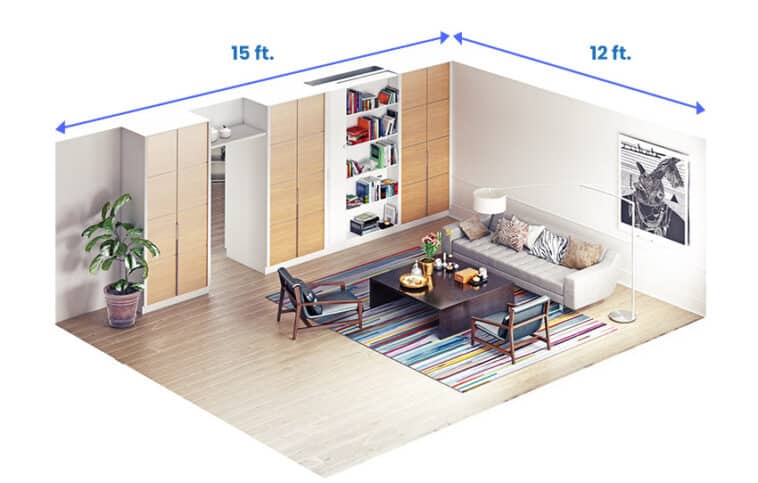







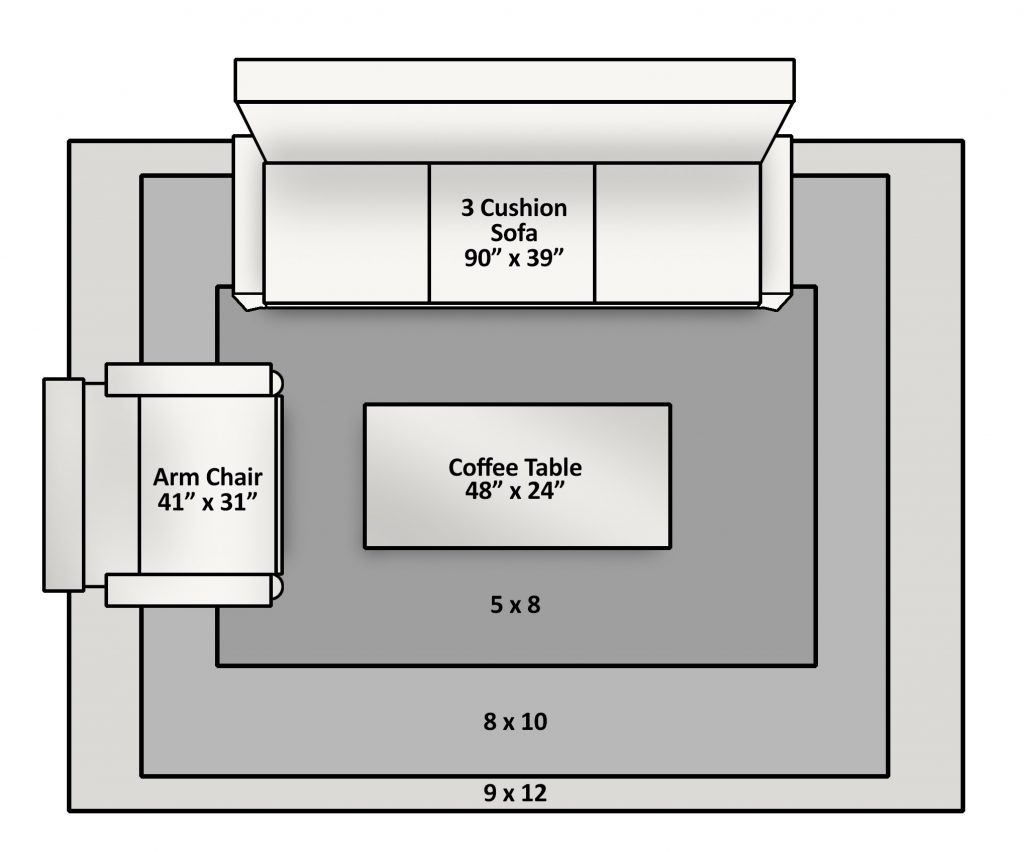
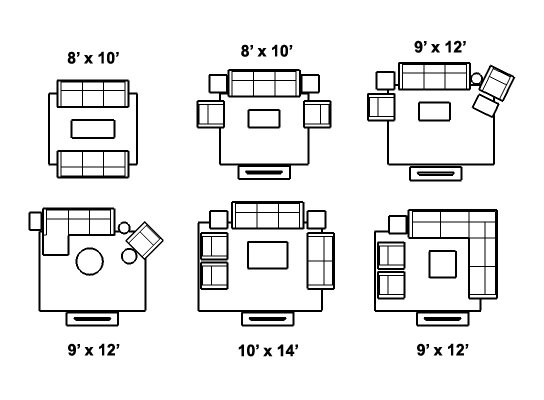

:max_bytes(150000):strip_icc()/living-room-area-rugs-1977221-e10e92b074244eb38400fecb3a77516c.png)




